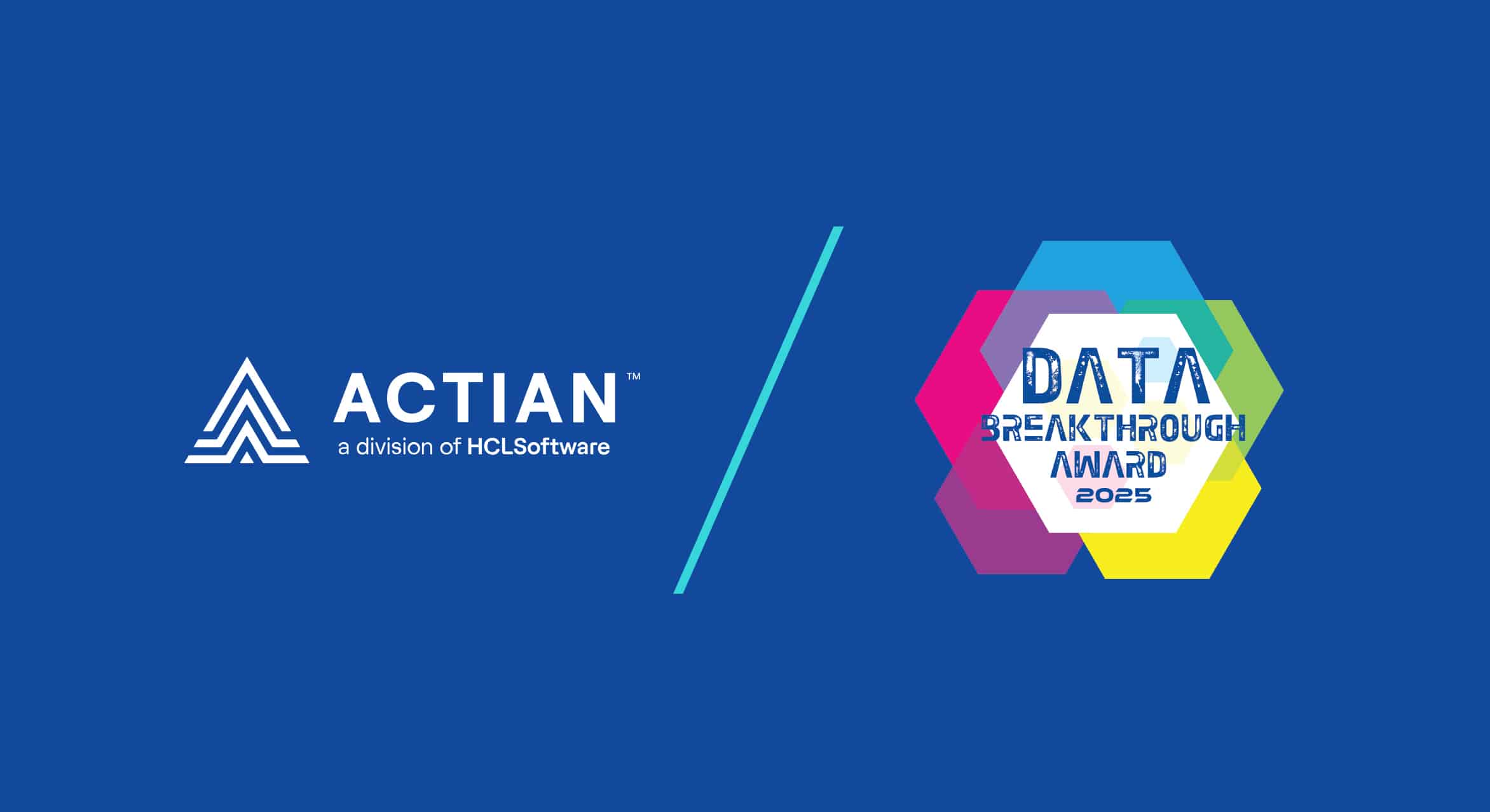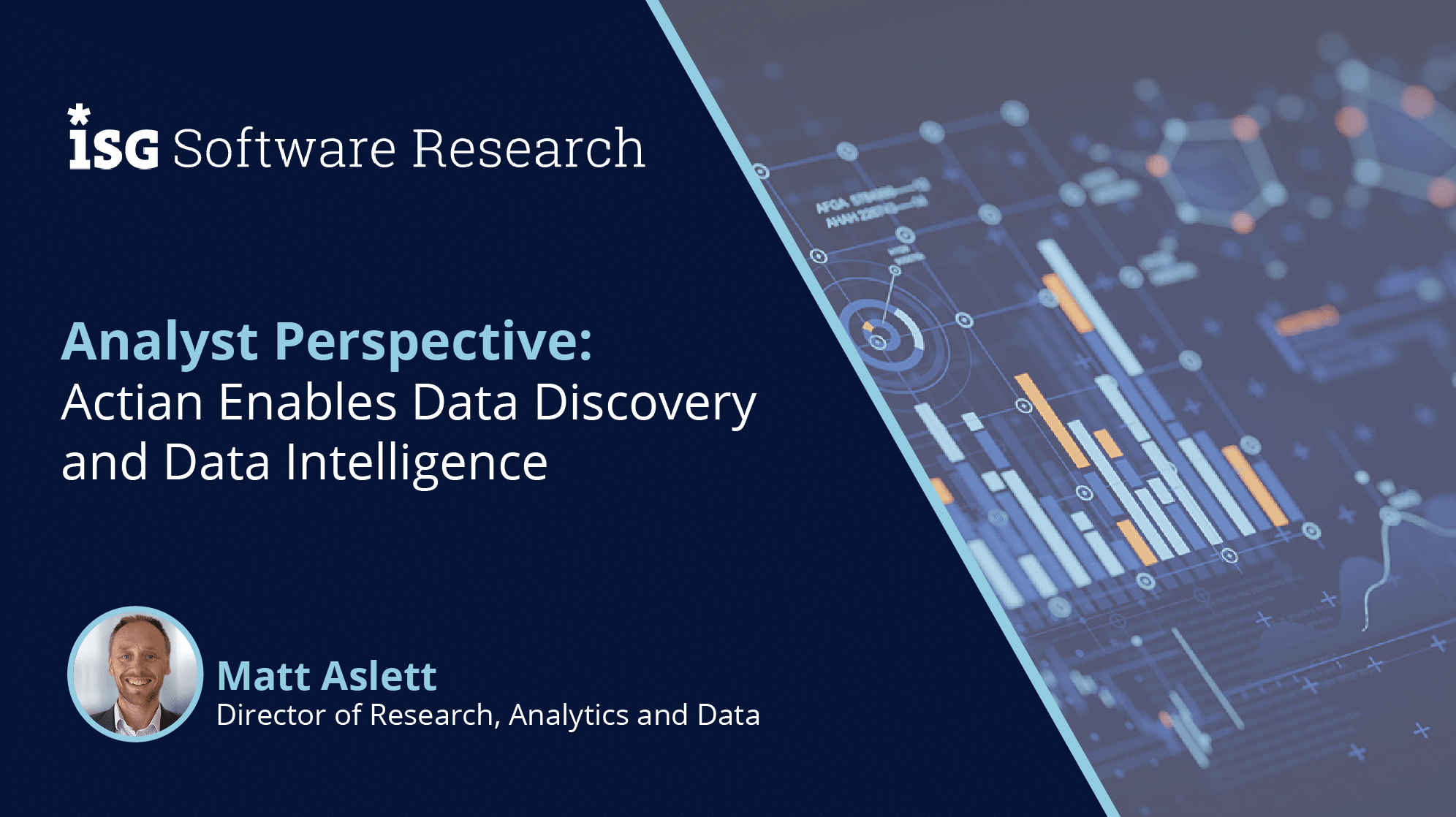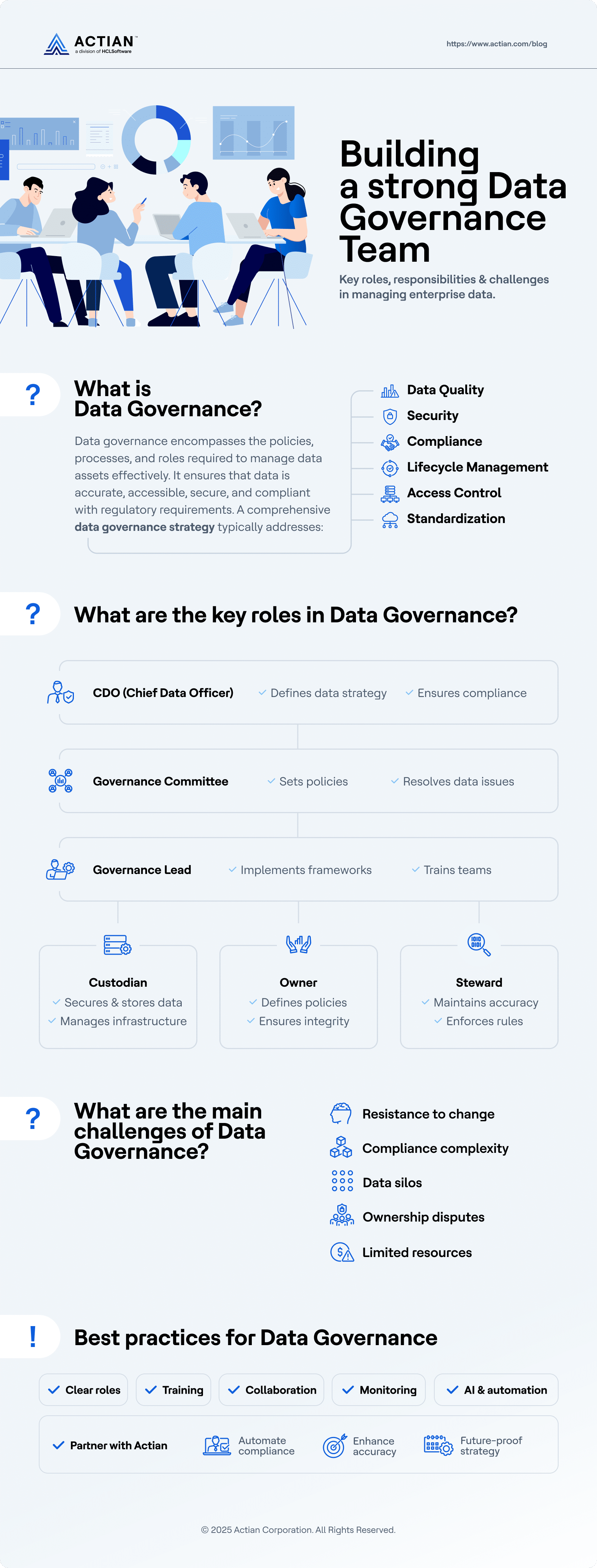The Power of Data Catalogs: 5 Use Cases for Modern Enterprises
Dee Radh
April 7, 2025

Successful businesses have embraced a fundamental truth—data is one of their most valuable assets. Yet how that data should be managed, shared, and optimized remains an ongoing challenge.
That’s because in many organizations, fast-growing datasets are scattered across multiple systems and business units, stored in different formats, and governed by various policies. As a result, companies struggle with effective data discovery, governance, and transparency, leading to inefficiencies, compliance risks, and lost business opportunities.
One proven approach to solve this problem is to implement a data catalog. By providing a centralized repository of metadata, a data catalog enables organizations to quickly and effectively manage, search, and understand their data products. Serving as more than an inventory of data assets, a data catalog supports data governance, enables data democratization, and fosters collaboration across teams.
How is a Data Catalog Like a Library?
To understand how a data catalog works, think of it like a library for books. Both serve as organized repositories that make information easy to find, understand, and use. For example, a library helps readers quickly locate books they want based on topic, author, or genre. Similarly, a data catalog helps users discover datasets based on metadata, business terms, or usage history.
In libraries, readers can use a catalog system to search for books by title, keyword, or other criteria. A data catalog lets users search for data products also by using keywords, descriptions, or other information.
Books typically offer a summary, author information, and publication details. Likewise, datasets have metadata such as source, owner, format, and data lineage. Another similarity is helping to find the right product. In libraries, librarians help visitors find the books or publications they need. With a data catalog, data stewards or data owners ensure data products are properly documented and accessible.
Both librarians and data stewards can help people find the right information—even if the requestor doesn’t know the asset they want. In both cases, the end goal is not just storage, but accessibility and usability, ensuring that users can quickly find what they need and use the information effectively.
5 Essential Use Cases That Benefit From a Data Catalog
A modern data catalog offers a fast, intuitive way to find and access data products. These five essential use cases show how organizations benefit from one.
Simplifying and Accelerating Data Discovery
One challenge that data professionals face is accessing the right data when they need it. Legacy approaches typically require data users to ask IT or data engineers to find, retrieve, and validate the data products. Another hurdle is that these processes are sometimes manual, which further slows productivity, creates bottlenecks, and limits an organization’s ability to be truly data driven.
How a data catalog solves this problem. A data catalog allows business users, analysts, and other data consumers to quickly discover, understand, and manage datasets on their own. This enables faster decision-making without requiring a specialized skill set.
A searchable and intuitive interface allows users to locate the data assets they need in seconds. A data catalog categorizes data products, provides descriptions, and enables business-friendly tagging and annotations to improve accessibility. Users can search for data based on keywords, business terms, or specific attributes. They can also view metadata, including data definitions, ownership, and quality scores.
Strengthening Data Governance and Regulatory Compliance
Many organizations must comply with stringent regulations such as GDPR, HIPAA, and CCPA. These require tracking how data is collected, processed, and shared. Ensuring compliance becomes increasingly difficult as data ecosystems grow more complex. Without a data catalog, ensuring compliance is a complicated and time-consuming process.
How a data catalog solves this problem. A data catalog acts as a compliance hub to maintain comprehensive metadata, lineage tracking, and access controls. Organizations can monitor data lineage to see where it originates and how it’s transformed over its lifecycle. The catalog can also help define and enforce governance policies, ensuring sensitive data is properly classified and managed.
In addition, automated compliance reporting using pre-built documentation and audit trails helps ensure adherence to regulations. With visibility into data usage and governance, organizations can proactively manage risks and meet regulatory mandates.
Improving Data Integration and Collaboration Across Teams
Siloed data is a persistent challenge in organizations, regardless of industry. Business units and even individuals often manage their own datasets, without making them sharable across the enterprise. This leads to outdated, untrustworthy, and incomplete datasets.
How a data catalog solves this problem. A data catalog bridges these silos. It centralizes and connects all enterprise metadata, creating a single source of truth. With a unified view of enterprise data, businesses can break down silos and promote cross-functional collaboration, leading to more accurate reporting, streamlined operations, and stronger data-driven strategies.
Teams and business units across the organization can use the data catalog to share data assets, support best practices, and standardize business definitions. By standardizing definitions and establishing a common business vocabulary, the data catalog ensures that teams working across marketing, finance, and operations, for example, are using a consistent business vocabulary.
Boosting Data Quality and Trust for Better Decision-Making
Poor data quality leads to unreliable insights and misguided business decisions. Issues such as missing values, duplicate records, and outdated information create significant operational inefficiencies.
How a data catalog solves this problem. A data catalog helps organizations enhance data trustworthiness by surfacing quality indicators, tagging outdated or incomplete records, and flagging inconsistencies. Automated workflows can enforce data validation rules, ensuring that only accurate, trustworthy, and up-to-date data products are available.
Plus, data catalogs automate data profiling to detect errors and inconsistencies, while version control and historical tracking ensure business units are using the most current data products. By giving organizations greater transparency into data accuracy, lineage, and freshness, a data catalog increases confidence in data products.
Accelerating Data Onboarding and Training for New Employees
New employees who need to use data often face a learning curve to understand an organization’s data ecosystem. Without clear documentation, finding out where data resides, how it’s structured, and who owns it can be challenging.
How a data catalog solves this problem. A data catalog built on a knowledge graph architecture takes ease of use to a new level. It streamlines onboarding by providing a well-documented, searchable repository of data assets, including definitions, business rules, and access policies. This introduces new employees to an organization’s data products and reduces dependency on IT teams to support data discovery.
Discover Data Assets in Seconds—or Faster
A data catalog is more than just a management tool—it’s a strategic enabler that transforms the way businesses find, access, and optimize data assets. From enhancing data discovery to automatically updating metadata from all sources, a modern data catalog delivers ongoing value.
Take an immersive tour of the Actian Data Intelligence Platform to see firsthand how a data catalog, enterprise data marketplace, knowledge graph, and other capabilities come together in a unified solution. See how easy it can be to quickly discover data and AI assets, establish trust in your data, and democratize data access with confidence.
Subscribe to the Actian Blog
Subscribe to Actian’s blog to get data insights delivered right to you.
- Stay in the know – Get the latest in data analytics pushed directly to your inbox.
- Never miss a post – You’ll receive automatic email updates to let you know when new posts are live.
- It’s all up to you – Change your delivery preferences to suit your needs.
Subscribe
(i.e. sales@..., support@...)



















